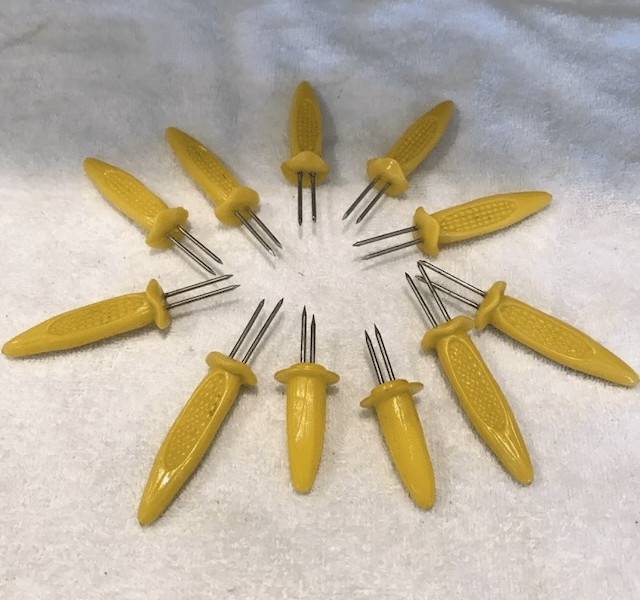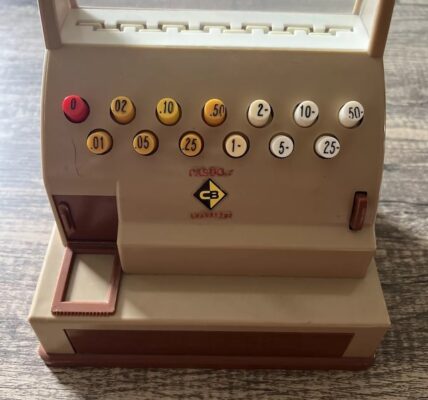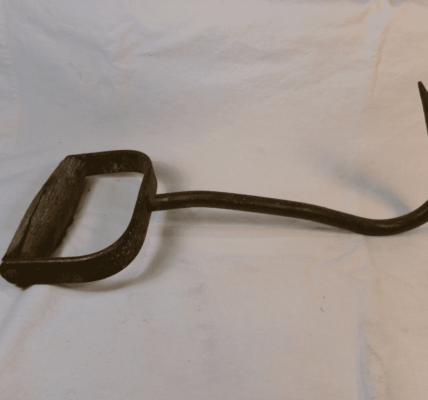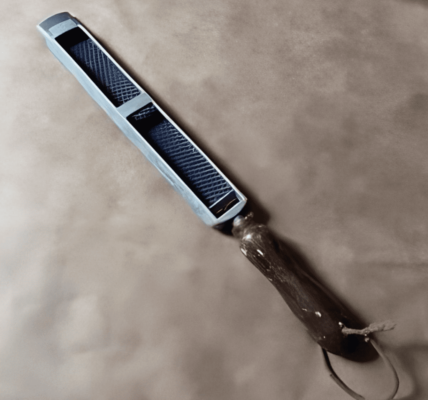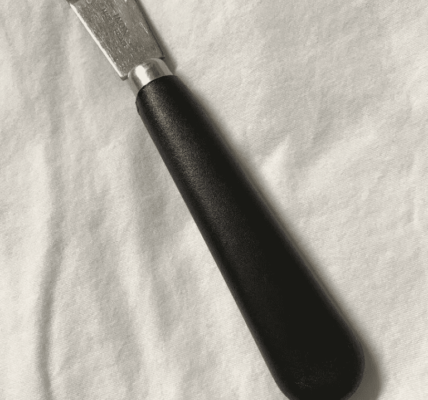Corn holders, with their distinctive yellow design, evoke fond memories of summer barbecues, family gatherings, and childhood dinners. These small, practical tools may seem simple, but they hold a special place in many nostalgic hearts. Let’s delve into the history of these iconic kitchen accessories and explore why they remain cherished symbols of simpler times.

The Birth of the Corn Holder: Simple Yet Ingenious
In the mid-20th century, corn on the cob became a staple at American dinner tables, especially during summer months. As families gathered for outdoor meals, the need for a convenient way to enjoy this messy treat became apparent. Enter the corn holder—a small but ingenious invention designed to make eating corn on the cob easier and cleaner.
Corn holders typically featured two sharp prongs attached to a handle, often molded to resemble a miniature corn cob. The prongs were inserted into each end of the cob, allowing the diner to enjoy their corn without burning their hands or getting them greasy. This simple design made the dining experience more enjoyable, turning a potentially messy task into a pleasant one.
Why Corn Holders Became a Household Essential
Corn holders quickly became a must-have for any family that enjoyed outdoor dining. Their practicality was undeniable—they made eating corn on the cob less messy, and they added a touch of fun to family meals. Here’s how they worked:
- Sharp Prongs: The metal prongs were inserted into each end of the corn cob, providing a stable grip that allowed diners to rotate the cob as they ate.
- Comfortable Handle: The handle, often shaped like a tiny corn cob, was easy to hold, making it perfect for both children and adults.
- Easy Cleanup: Corn holders were easy to clean and store, making them a practical addition to any kitchen.

These features made holders a beloved kitchen tool, especially during the 1950s and 1960s, when family-centered dining was a key aspect of American culture.
The Golden Age of Corn Holders: 1950s and 1960s
The 1950s and 1960s marked the heyday of corn holders. During this time, backyard barbecues and family picnics were popular, and corn on the cob was a staple at these gatherings. Corn holders became a symbol of summer, synonymous with the warmth of family and the joys of outdoor dining.

These tools weren’t just functional; they were also fun. The playful design of the holders, often yellow and resembling small corn cobs, added a whimsical element to the dining experience. Families would eagerly pull them out for picnics and cookouts, making them an essential part of the summer dining ritual.
Nostalgic Memories: A Connection to Family and Tradition
For those who grew up in the mid-20th century, corn holders are more than just kitchen gadgets—they’re a link to cherished memories of family gatherings. Picture a warm summer evening, the smell of grilled food filling the air, and children eagerly gripping their cobs with these bright yellow holders. These small tools played a significant role in making family meals more enjoyable and less messy.

Parents loved them because they allowed children to handle their food with ease, reducing the need for constant cleanups. The bright colors and fun designs made them appealing to kids, while the practicality of the holders made them a hit with adults. For many, the sight of holders brings back memories of laughter, shared meals, and the simple pleasures of summer.
The Decline and Resurgence of Corn Holders
As dining habits evolved, the use of corn holders began to decline in the 1990s. The rise of convenience foods and changes in lifestyle led to a decrease in the popularity of such niche kitchen tools. However, corn holders never completely disappeared. They became more of a nostalgic item, often brought out for special occasions like family barbecues or summer picnics.
Today, corn holders are still available, often marketed as retro kitchen accessories. For some, they are a fun way to reconnect with the past, while for others, they serve as a reminder of family traditions and the joys of outdoor dining.

The Legacy of Corn Holders Today
Though their heyday may have passed, corn holders remain a beloved item for those who appreciate the charm of mid-20th century dining. For many, they represent more than just a convenient way to eat corn on the cob—they are a symbol of family, tradition, and the simple pleasures of life.

Collectors often seek out vintage holders, especially those with quirky designs from the 1960s and 1970s. These items are sometimes passed down as family heirlooms, carrying with them the memories of countless summer dinners and backyard barbecues.
Conclusion: A Tribute to Simpler Times

Corn holders, with their playful design and practical function, are a delightful reminder of a bygone era. They capture the essence of mid-20th century family life, where shared meals and outdoor gatherings were central to the American experience. For those who grew up using them, they are a cherished link to the past—a small but significant part of family history.
So, the next time you see a pair of vintage holders, take a moment to appreciate the history they represent. These tiny tools have brought joy to countless families, making summer meals just a little bit sweeter.
